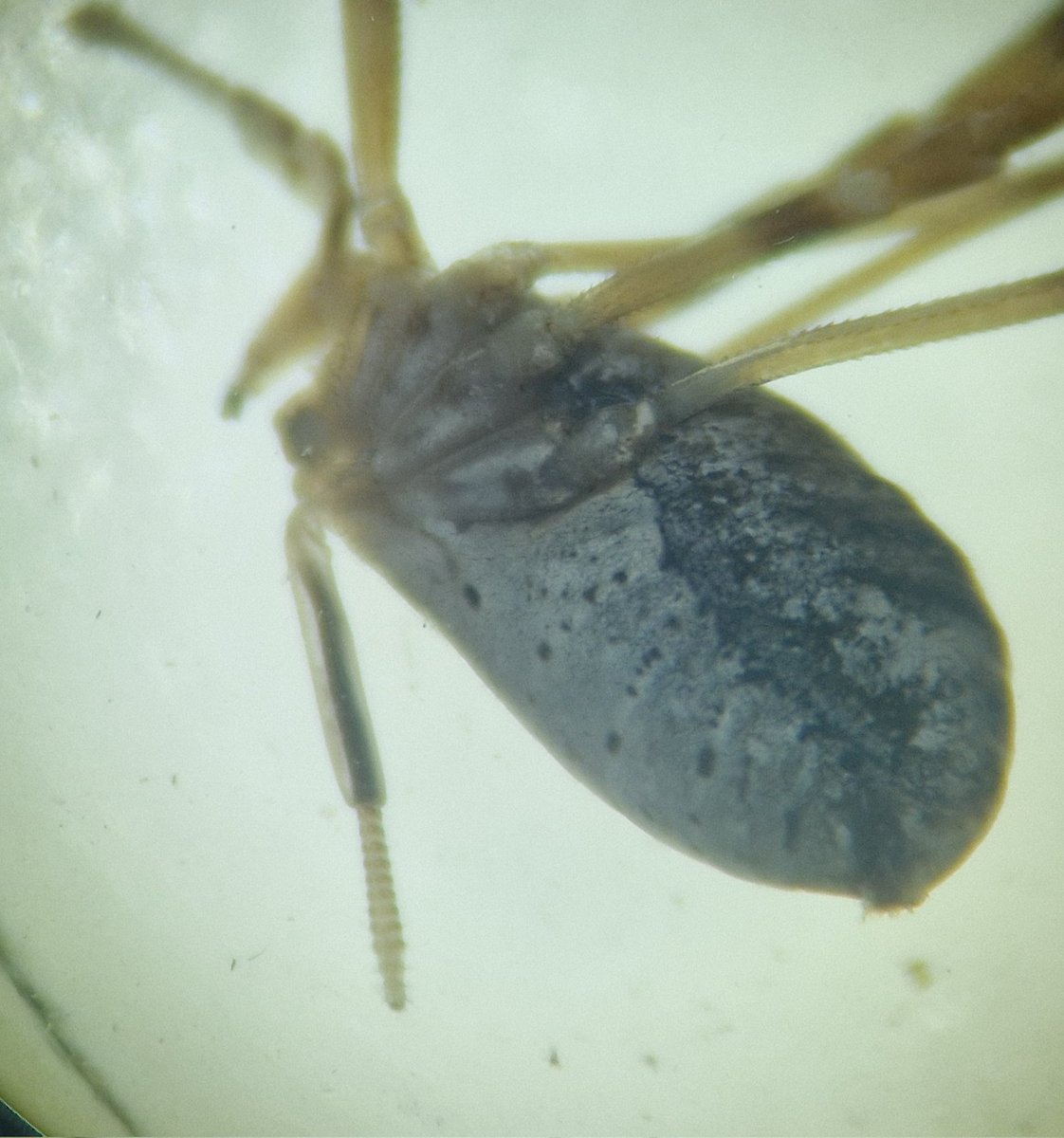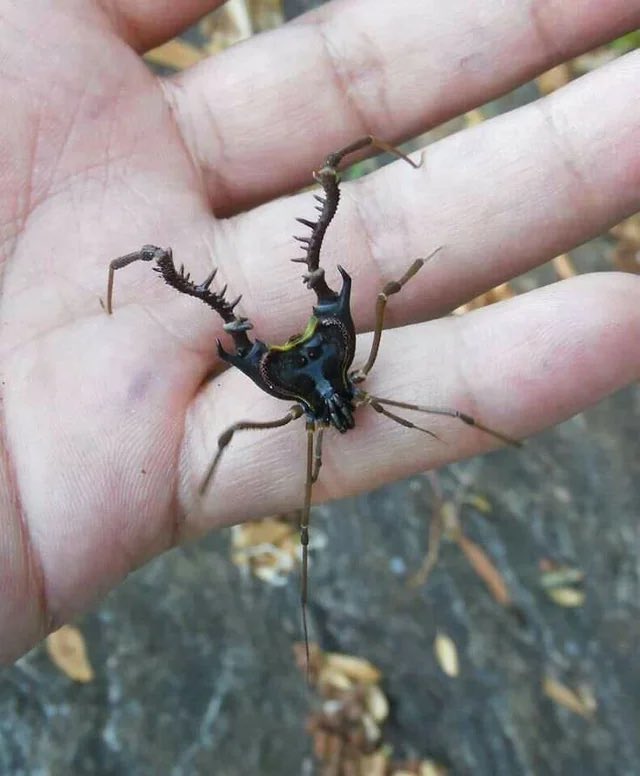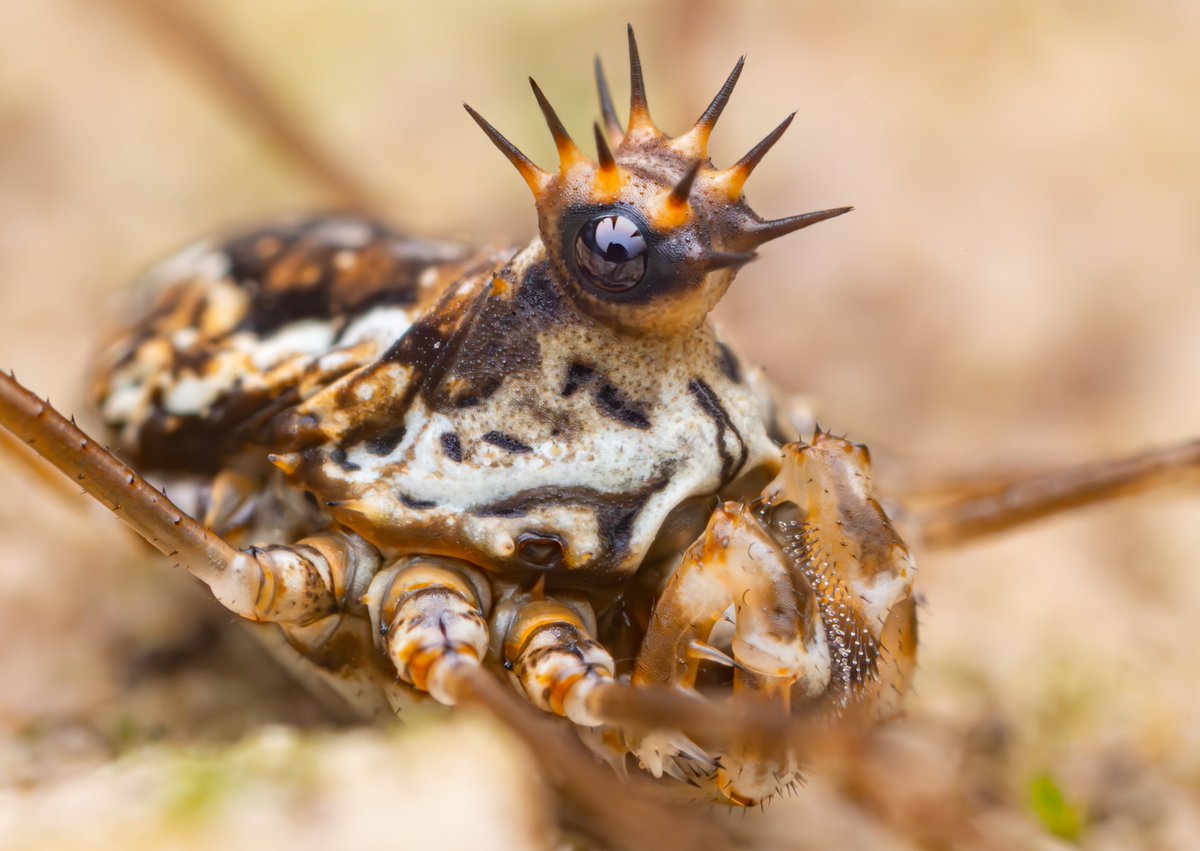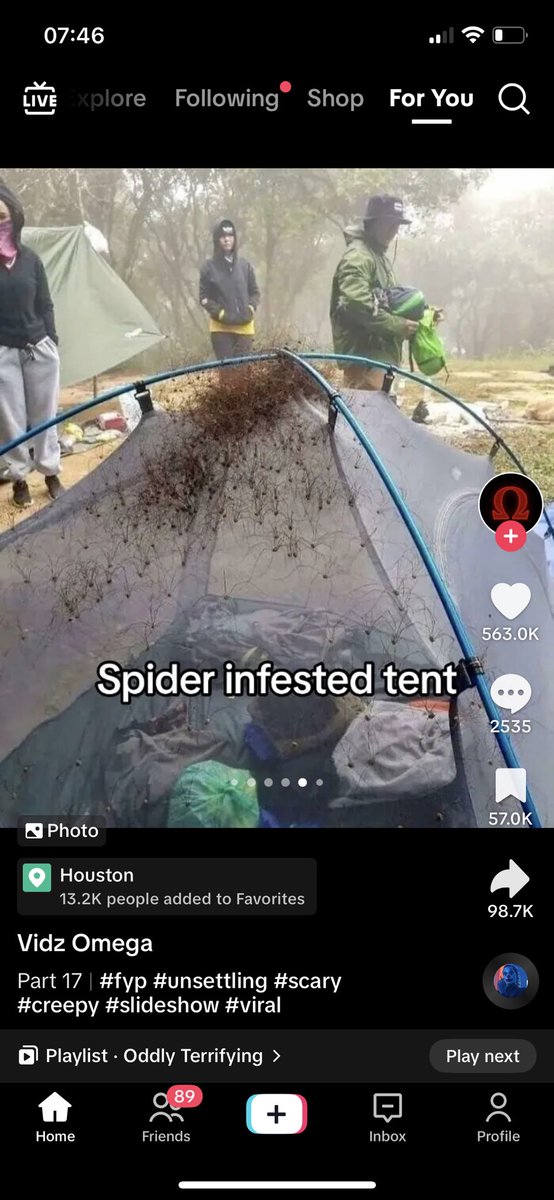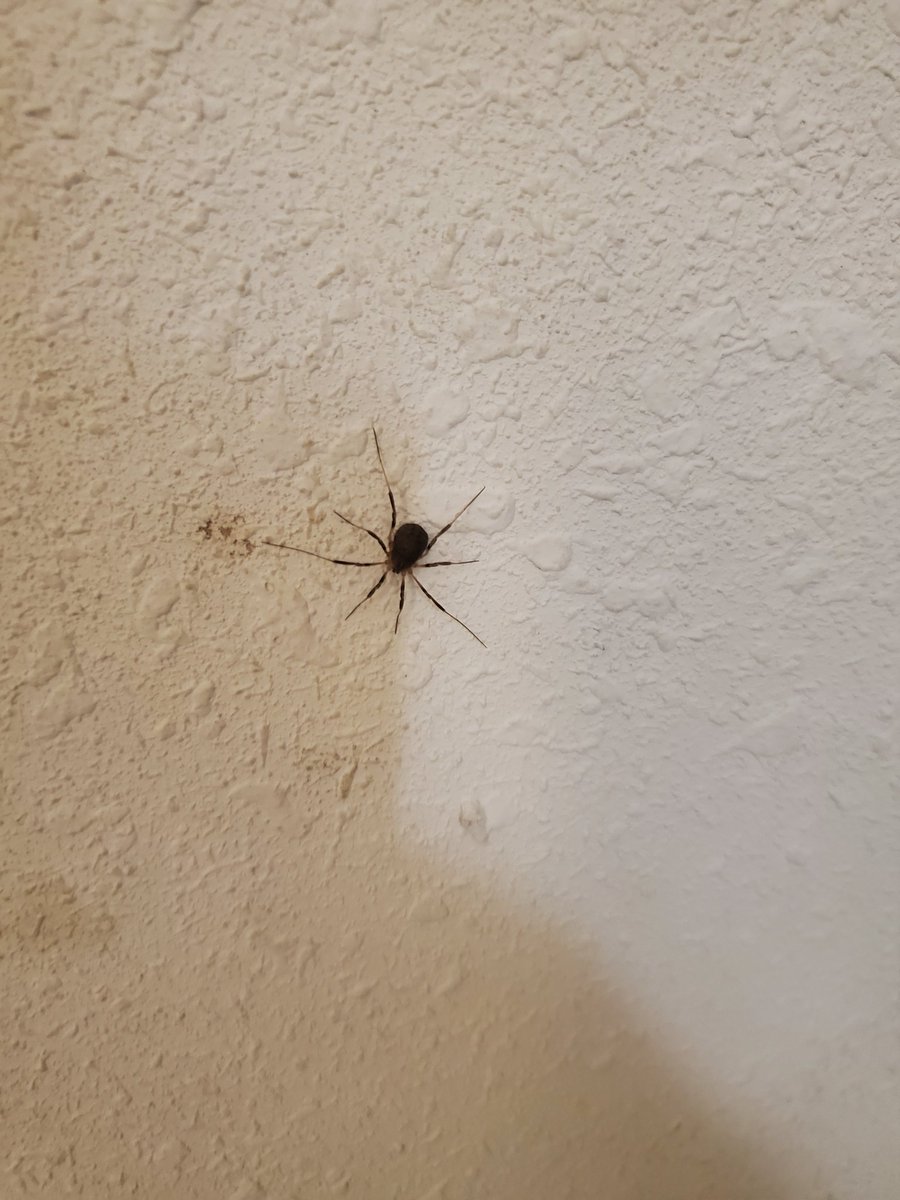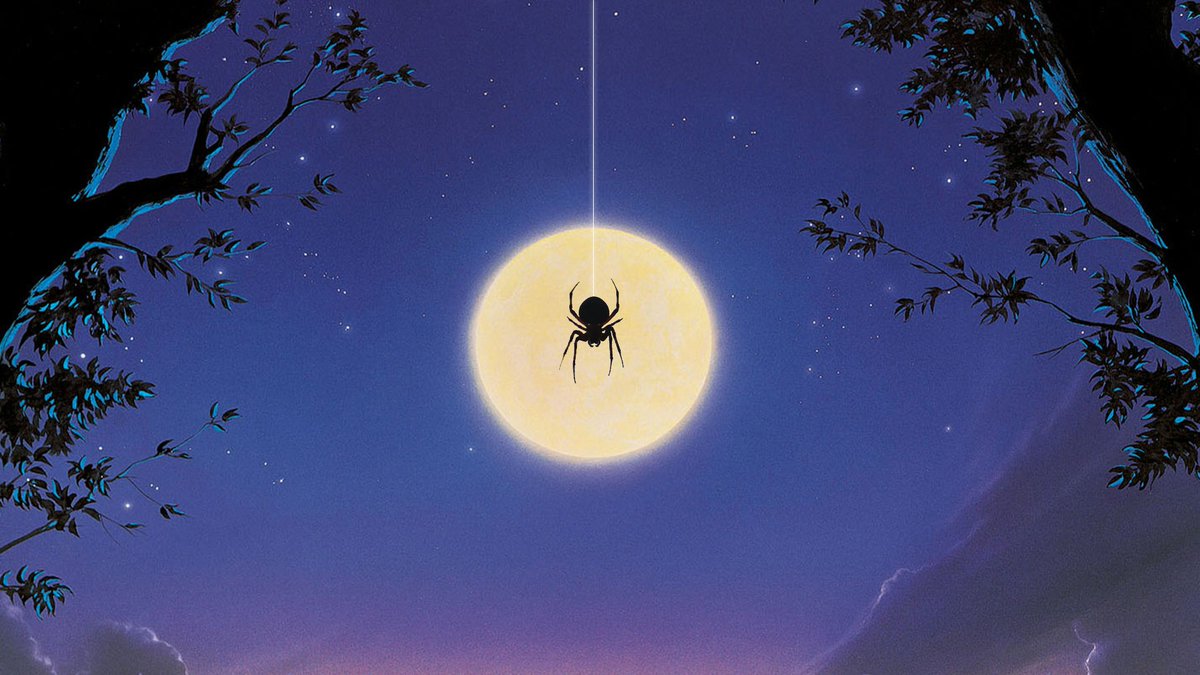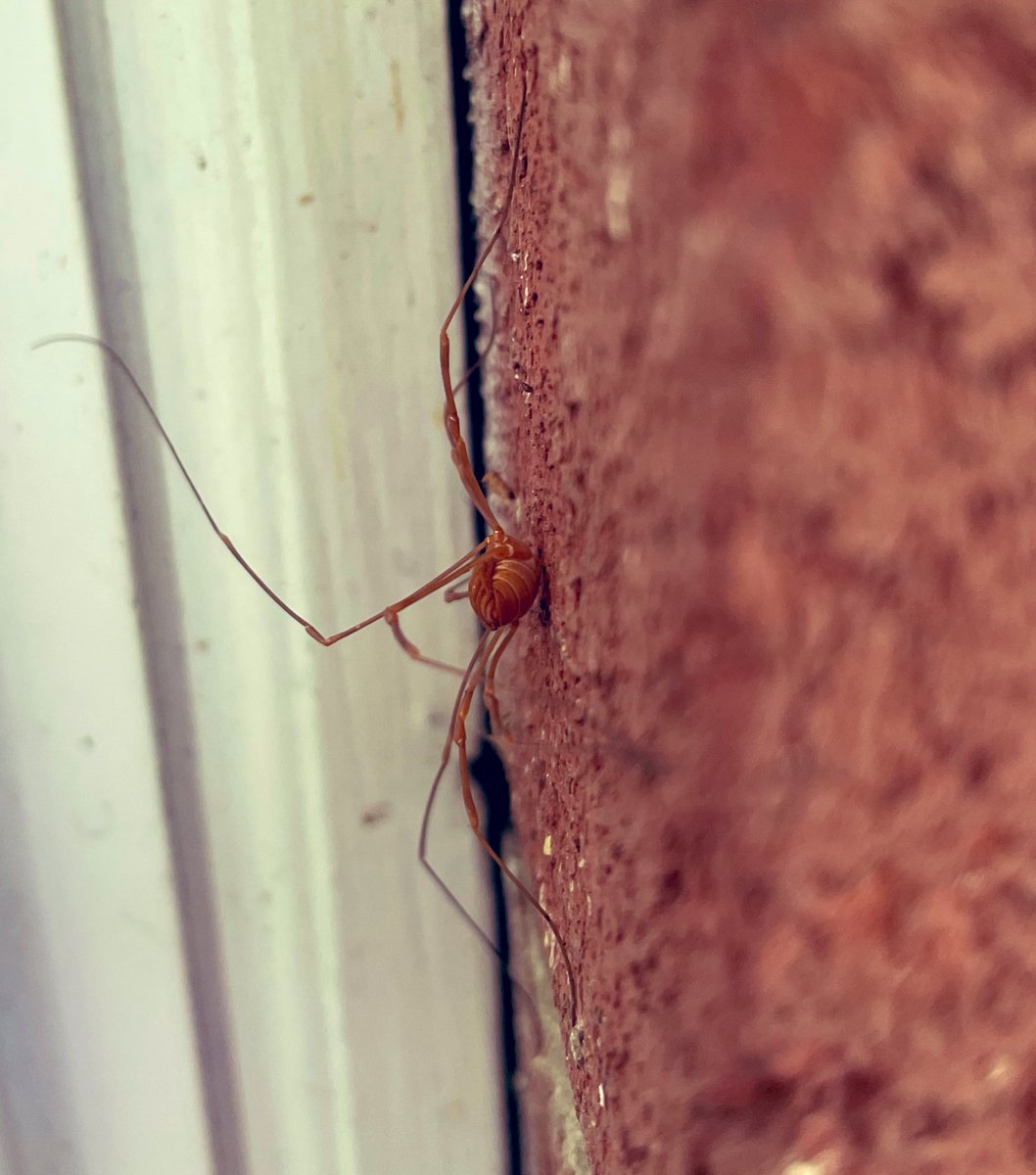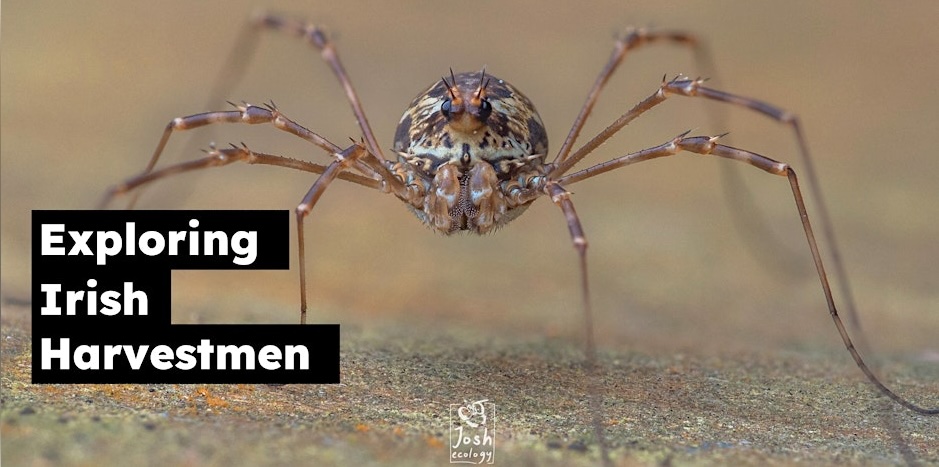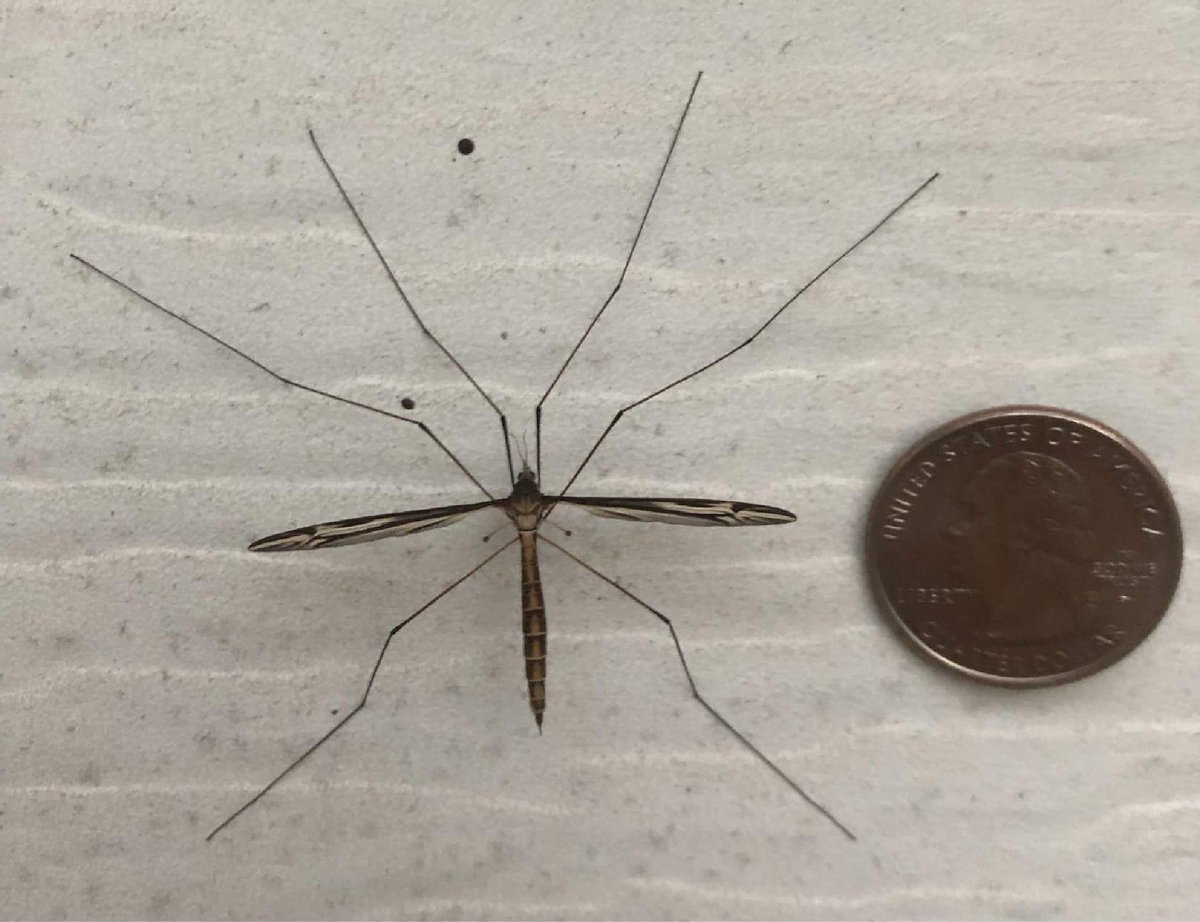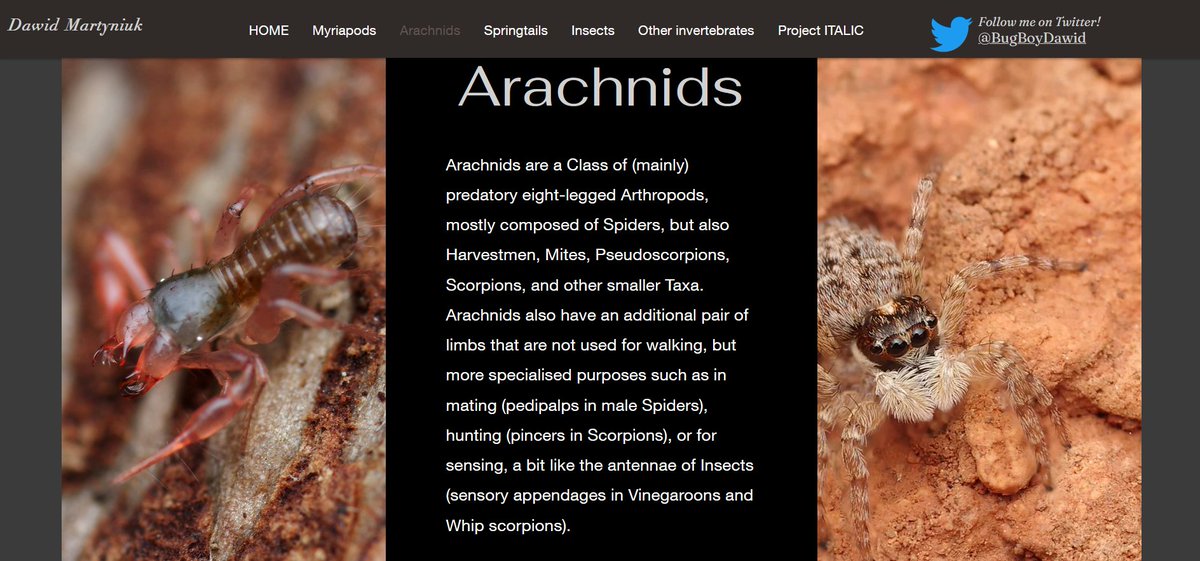
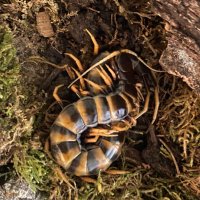




Haunted Harvestmen - Hayboo and Effighast! 👻
They're a farmer's best friend in Urzavos, and a pest's worst nightmare!
Happy #fakemon friday !
#pokemon #fakemon #creaturedesign #monsterdesign #オリポケ #PokemonScarletViolet #gamedev
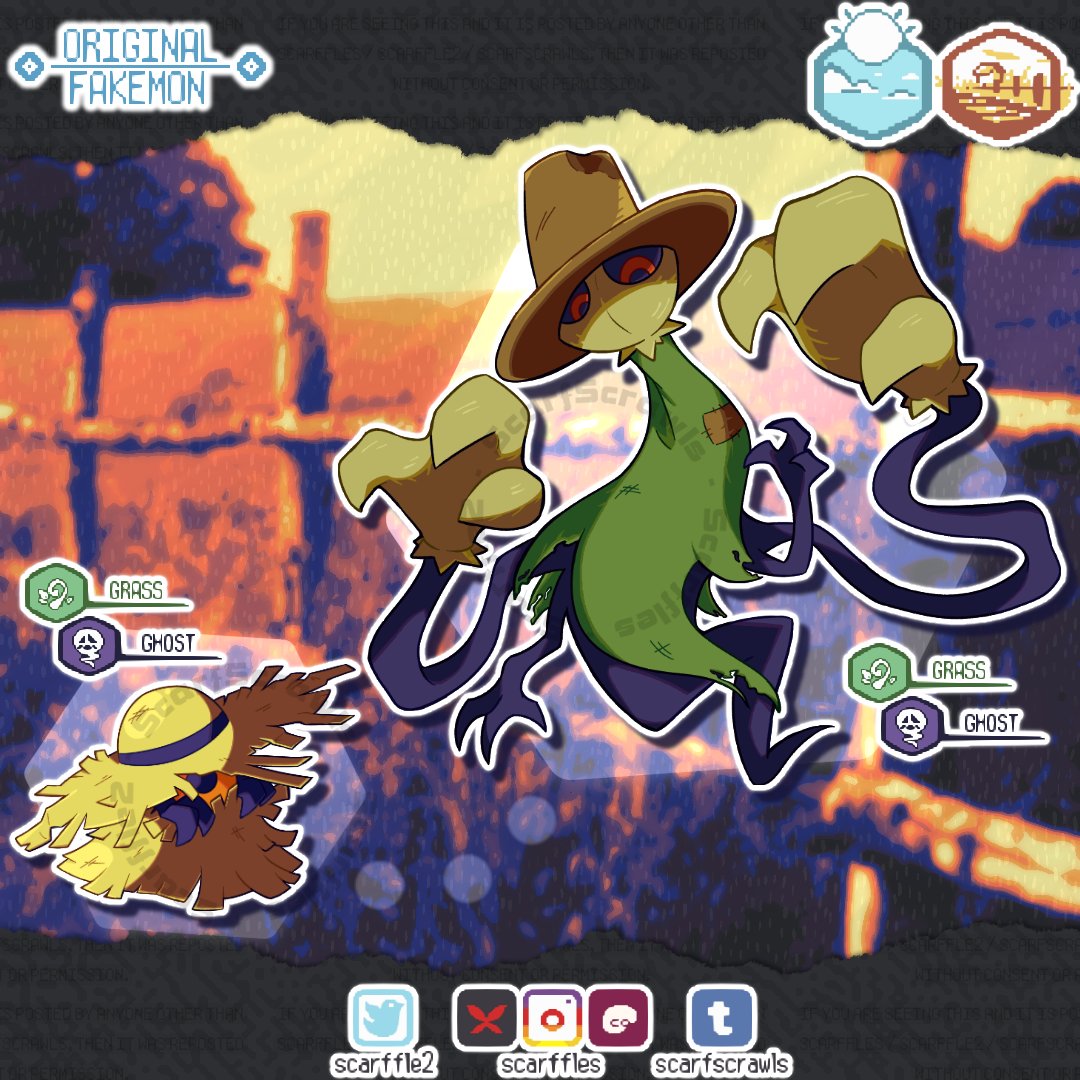




Harvestman Shedding:
Harvestmen go through a series of moults before fully mature. For the larger-legged species like Dicranopalpus ramosus, this can be an impressive behaviour to witness.
Also, did you know? Harvestmen are arachnids, but they are not spiders. #OurOpiliones
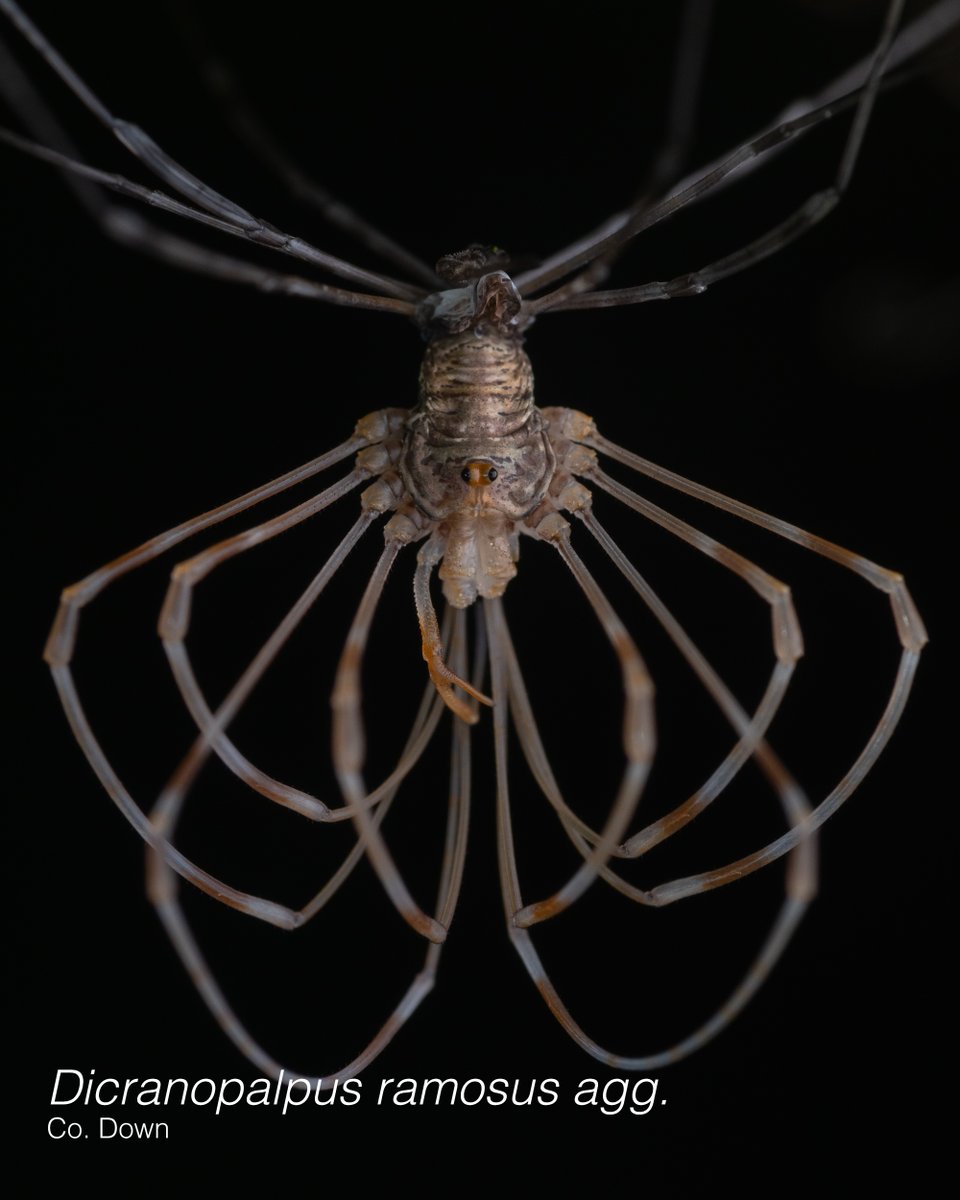

Harvestman Leg Loss:
Unlike spiders, harvestmen lack venom or webbing. Instead they opt for a range of defences from secreting a noxious chemical from glands, to playing dead, and in the case of this photograph – losing legs for a chance at escape. #OurOpiliones
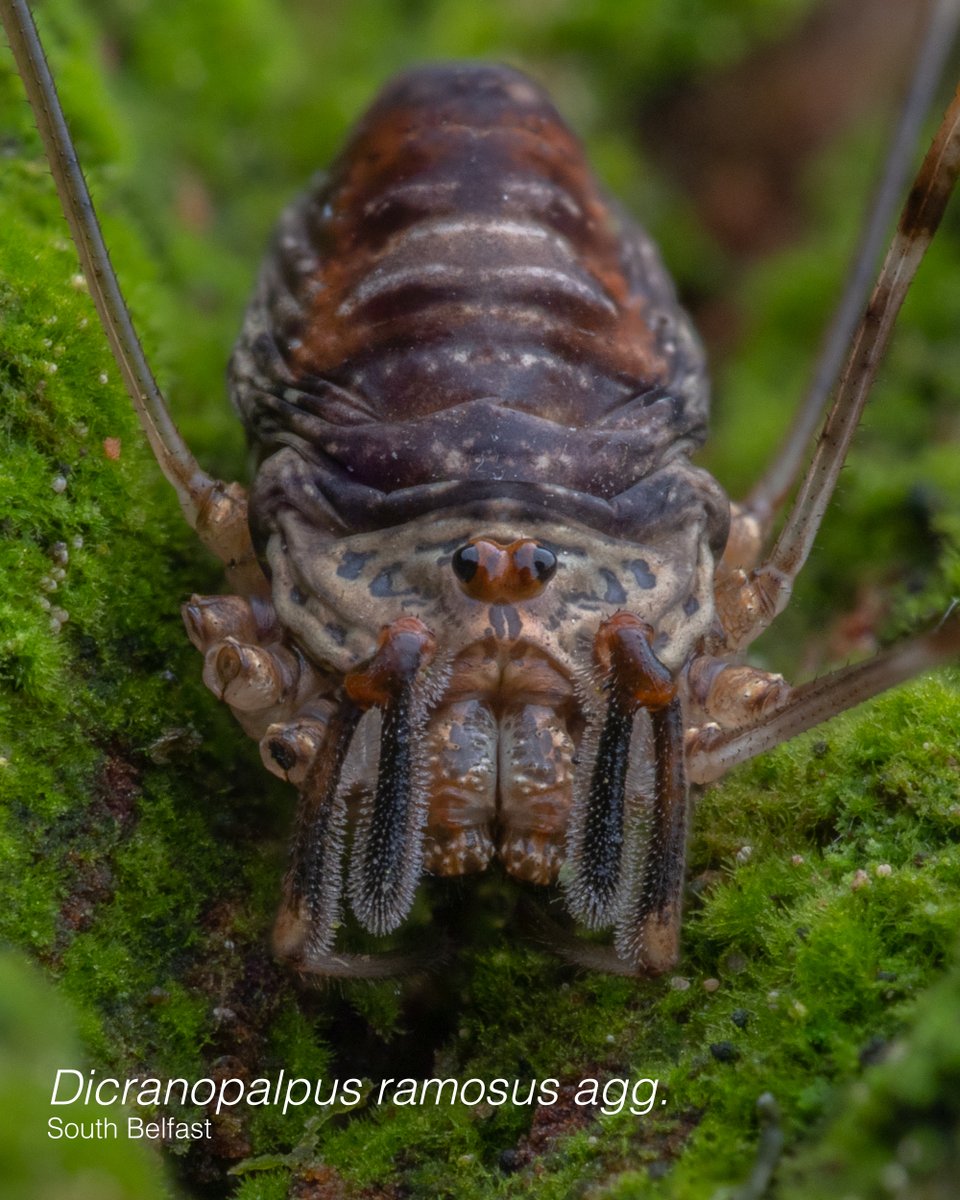


Subtle Differences:
Over 20 species of harvestmen reside in Ireland & many are hard to tell apart. These 2 species can be separated in the field by looking closely at the colour of their eye rings: pale in Leiobunum blackwalli and dark in L. rotundum.
#OurOpiliones
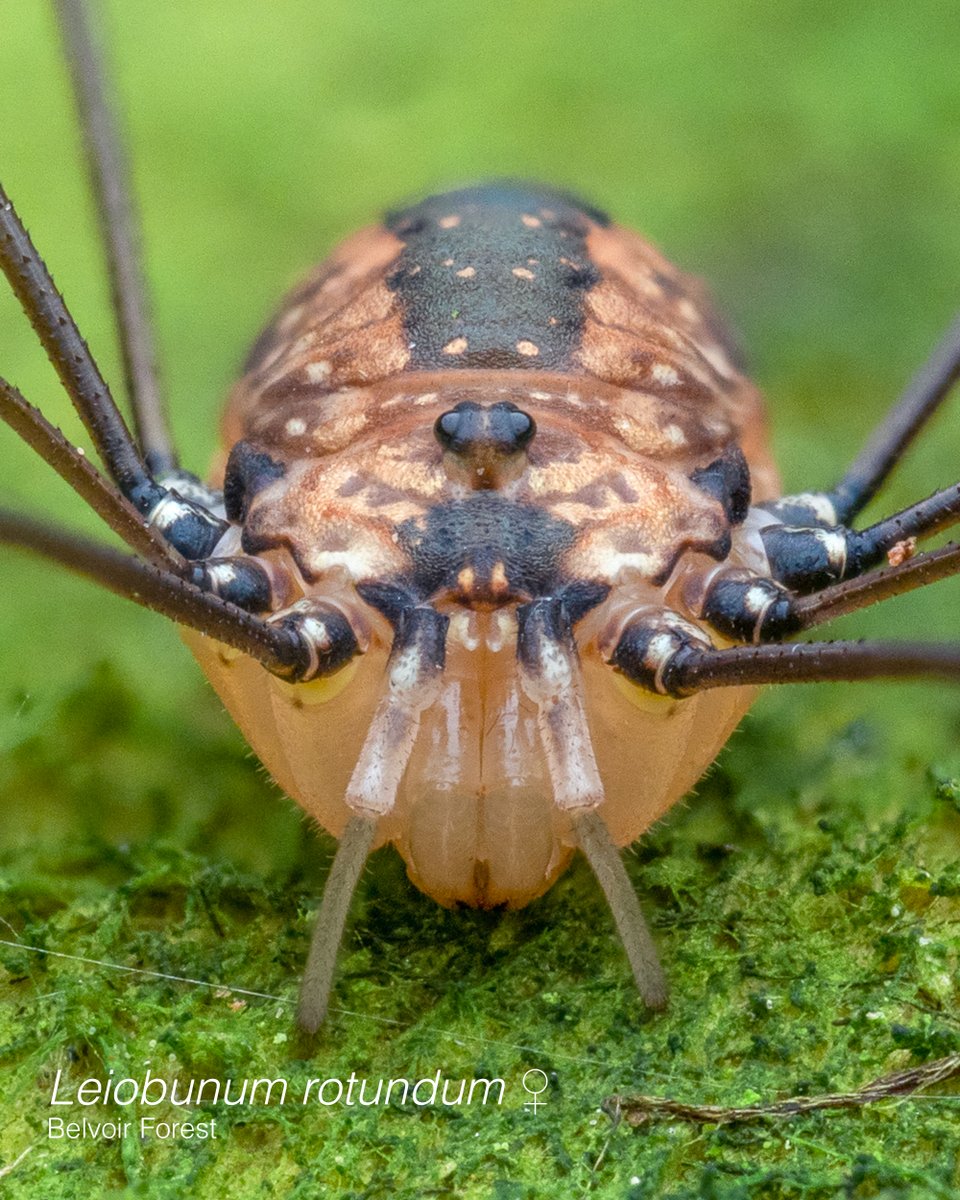

Urban Non-Natives:
Many non-native Harvestmen often reside in urban areas (gardens & their walls) and do well here. Opilio canestrinii is one such species which may have been introduced as eggs via the horticulture trade. #OurOpiliones
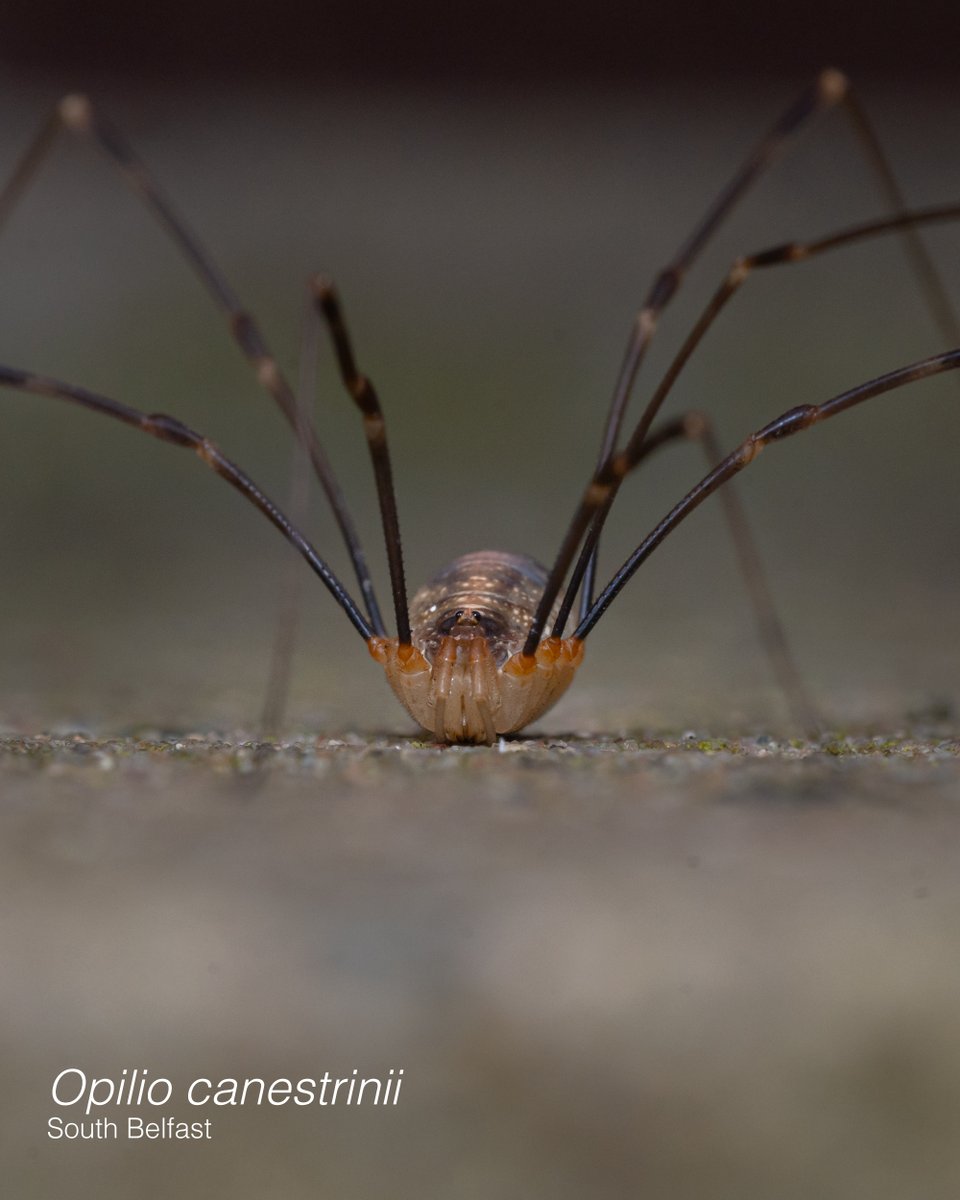

Harvestman Sexual Dimorphism:
Sexual dimorphism is present in harvestmen and is more obvious in some species than others. Phalangium opilio has males with variable sized chelicerae horns, whereas females have a variable colour palette, and no chelicerae horns. #OurOpiliones
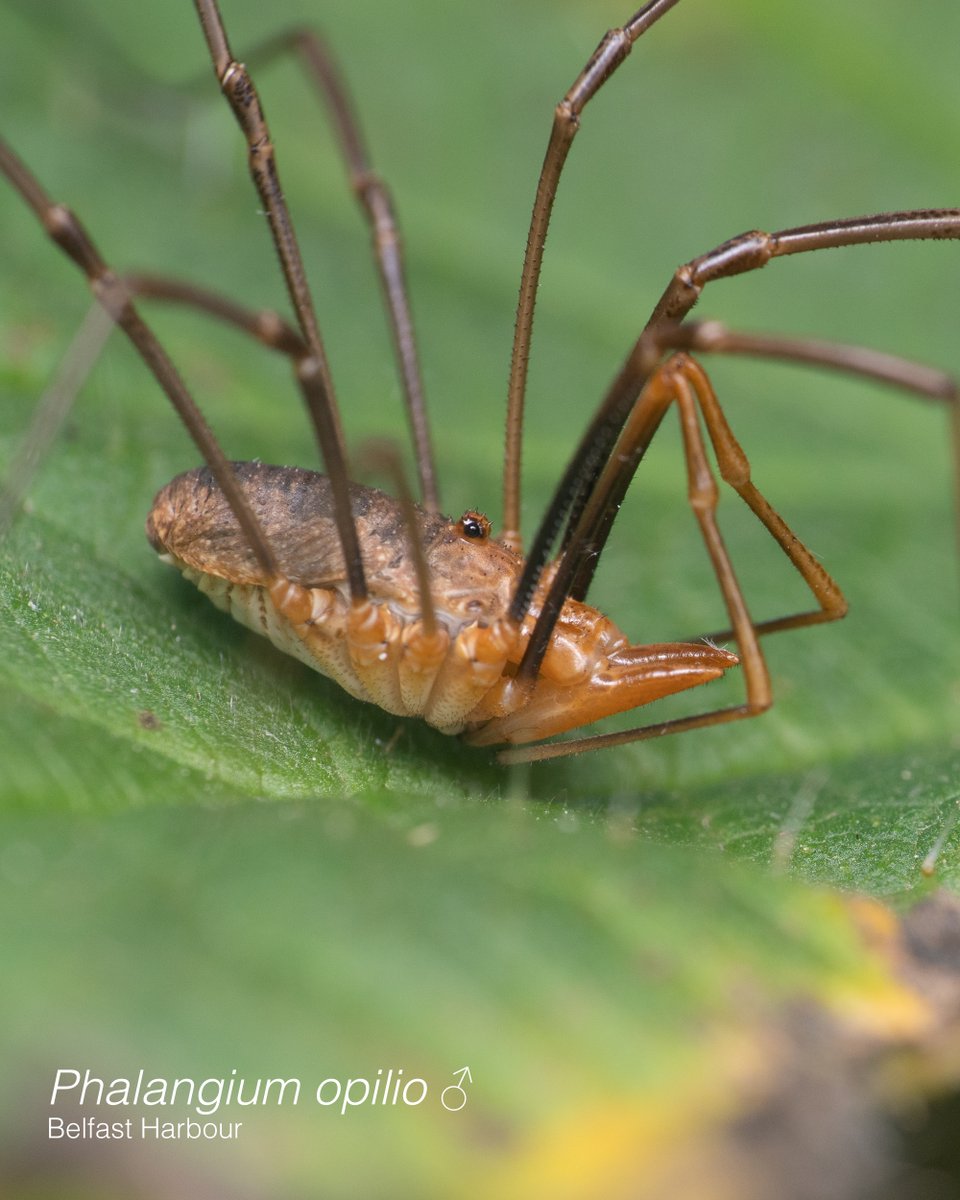





Sometimes harvestman ovipositors/penises pop out when specimens are preserved and they are HUGE! All the better for reaching their mate or damp crevices to lay eggs.
BAS #arachnids #harvestmen #opiliones
